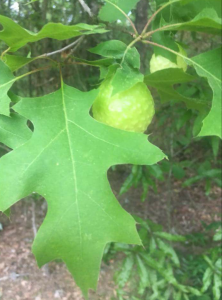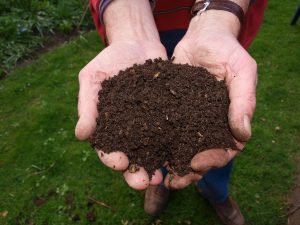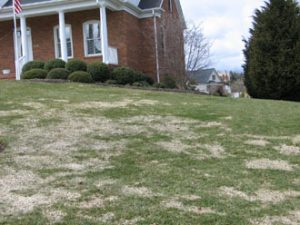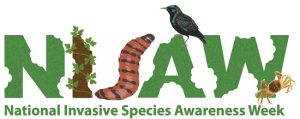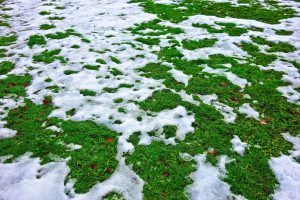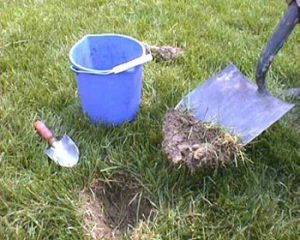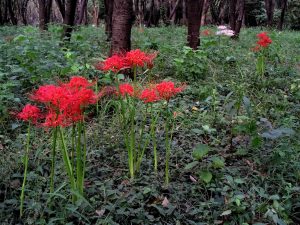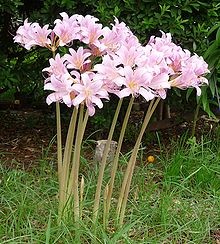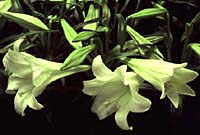QUESTION:
I have an oak tree that has a weird looking fruit on it. Can you help identify it?
DIAGNOSIS / RECOMMENDATION:
Thanks for the pictures. What you see in the picture on the oak tree is a gall caused by a non-sting wasp. It is common among oaks to develop galls at this time of the year. Galls can vary in shape and size.
Galls are usually only cosmetic problems on the oaks. We do not have any treatment options for them. Once you see the gall, the insect is already inside the gall. So if there was a treatment, it wouldn’t get rid of the gall. If you want you can cut out the galls (again, non-stinging wasp, so no concern of getting stung). But I would just leave them. Usually we see galls for a couple of years on a tree, then we won’t see them again for many years, if at all, as part of natures cycles.
ADDITIONAL INFORMATION:
Galls are abnormal growths of plant tissue induced by insects and other organisms. Gall-making parasites release growth-regulating chemicals as they feed, causing adjacent plant tissues to form a gall. The parasite then develops within the relative security of the gall.
RESOURCE LINKS:
All resource links accessed May 8, 2018
PHOTO CREDITS:
Lynn Holterman, used with permission
Do you have a gardening question that the Henrico Master Gardener Volunteers can help you with? The Henrico Extension Master Gardener Horticulture Helpline provides expert advice and guidance on a variety of gardening topics.
The Henrico Master Gardener Horticulture Helpline can be reached at (804) 501-5160, which also serves as the main number for the Extension office. The helpline will be staffed from 12:30 to 4:30 p.m. Mondays and Fridays and from 9 a.m. to noon Tuesdays, Wednesdays and Thursdays through October.
In addition, the public may call from 8 a.m. to 4:30 p.m. weekdays to leave a message. A Master Gardener will respond during the next shift.
For the helpline, a team of volunteer Master Gardeners will have access to a vast library of Extension publications and information on horticulture topics. Henrico’s Master Gardener program provides education and promotes research-based information on horticulture to the gardening public. For more information, go to henrico.us/extension.
Answers provided herein were based on specific situations and growing conditions.These recommendations may or may not be appropriate for all circumstances.For specific recommendations for your particular situation please contact your local Cooperative Extension Office.

